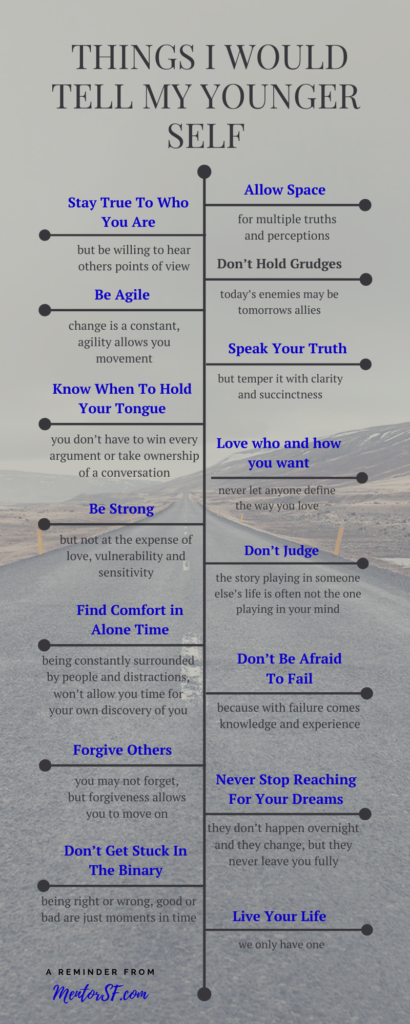
Few fields of technology move or evolve as fast as the software industry. Commercial creativity doesn’t get more complex or requires as many industry-specific skills and areas of expertise. Careless companies that don’t build teams with care can see their projects fall apart nearly as soon as they seem to come together. Even in Agile-driven development environments, any software development endeavor is a dynamic, unpredictable undertaking subject to unexpected shifts in schedules, priorities, and budgets seemingly at any time. You may still need to pull rabbits out of your hat to deliver a finished product on time, but the right team at least keeps plenty of capable hands ready.
Finding the Right People
It isn’t unusual for newly formed in-house teams working on custom software development to eventually realize their project’s needs exceed their know-how. Developing software is a time-consuming undertaking that should be framed by a shared vision of the decisions that will best provide value, generate revenue, and make life easier for a client. Project leaders, managers, developers, and investors need to agree on a vision for functional and non-functional requirements, problems the software should solve, decisions about how the system should perform, and interactions between the software itself, human users, and internal hardware and modules. Any team members whose expertise and ability to communicate clearly at all times with clients and collaborators at every level can provide timely, valuable feedback throughout the process.
Choosing a Training Strategy
 Agile is one of the most popular methods of software development yet. This development life cycle hinges on daily scrum and sprint reviews and retrospectives to maintain clear channels and to keep everyone pointed in the same productive direction toward delivering a tailor-made product on time and geared toward the client’s needs. In the end, your team has a better chance of consistently producing top-notch working software with minimal project overhead and optimal business value by emphasizing individuals and interactions over tools and processes, prioritizing working software over comprehensive documentation, placing customer collaboration ahead of contract negotiation, and responding to change instead of following a plan. Local speaker and writer, M.David Green wrote a great kindle book on that addresses the use of Scrum, as a popular agile project management methodology used in web projects today. David also hosts one of my favorite podcasts Hack The Process, which I have had the pleasure of guesting on in the past. You can hear my episode by visiting my Visual & Audio Me page and scrolling down or clicking here on SoundCloud.
Agile is one of the most popular methods of software development yet. This development life cycle hinges on daily scrum and sprint reviews and retrospectives to maintain clear channels and to keep everyone pointed in the same productive direction toward delivering a tailor-made product on time and geared toward the client’s needs. In the end, your team has a better chance of consistently producing top-notch working software with minimal project overhead and optimal business value by emphasizing individuals and interactions over tools and processes, prioritizing working software over comprehensive documentation, placing customer collaboration ahead of contract negotiation, and responding to change instead of following a plan. Local speaker and writer, M.David Green wrote a great kindle book on that addresses the use of Scrum, as a popular agile project management methodology used in web projects today. David also hosts one of my favorite podcasts Hack The Process, which I have had the pleasure of guesting on in the past. You can hear my episode by visiting my Visual & Audio Me page and scrolling down or clicking here on SoundCloud.
Poor Cost Control
Difficult as a custom software package’s development can be to assess, all parties can best obtain a realistic estimate from the beginning by working closely together to build in room for additional costs and contingencies. Along the way, nothing will drive up costs quite like delays, but diligent planning and an emphasis on 360-degree honesty are the cornerstones of a flexible timeline with room to adapt to necessary changes while remaining on schedule. Establish timelines for each feature. Commit to a delivery date for a beta version. Be honest with yourself and all parties about the necessary duration of software quality testing. When everyone remains engaged at each step, the entire team can more smoothly pivot if priorities change, if schedules for implementing features shift, or if you unexpectedly must drop or add elements from the solution. Consider using a software methodology like DevOps, which offers end-to-end automated testing and catches software defects before they can become a major issue.
Creating value through software development means embracing a fluid process of evolution, adaptation, improvement, and innovation. That entails weathering a perfect storm of technological advancement, shifting customer needs, unpredictable industry standards, and ever-present market pressures throughout teams full of valuable moving parts. No matter the obstacles, everyone will have to run the gauntlet and address every challenge together to minimize the impact your unique hurdles will have on your product. The stronger your team is at the beginning, the more confidence you can bring at every level.
Looking for more tips on how to build an effective software development team? Check out MentorSF Workshops.
Note – none of the links listed on this page are affiliates. They were included simply as examples and favorites of mine.

 My first official issue of SOPHE’s Health Promotion Practice Journal arrived today with me listed as one of the Deputy Editors.
My first official issue of SOPHE’s Health Promotion Practice Journal arrived today with me listed as one of the Deputy Editors.







 Agile
Agile


 15 Things I Would Tell My Younger Self
15 Things I Would Tell My Younger Self

 In studies, as many as 40% of respondents have described their work environment as “very or extremely stressful.” Several factors contribute to this type of stress.
In studies, as many as 40% of respondents have described their work environment as “very or extremely stressful.” Several factors contribute to this type of stress.  No one benefits from an overworked employee. The company loses productivity, and the employee suffers burnout. The human attention span is simply not built to work for excessive periods or continuously without breaks. Even if you don’t think you necessarily need it,
No one benefits from an overworked employee. The company loses productivity, and the employee suffers burnout. The human attention span is simply not built to work for excessive periods or continuously without breaks. Even if you don’t think you necessarily need it, 

 The traditional structure of the American workplace is quickly changing in the face of continuous innovations in technology. No longer are companies needing to rent large office spaces for their employees. Many encourage their staff to do their work remotely. Although some still have some reservations about it,
The traditional structure of the American workplace is quickly changing in the face of continuous innovations in technology. No longer are companies needing to rent large office spaces for their employees. Many encourage their staff to do their work remotely. Although some still have some reservations about it,